Pallet Changing Machine: What’s the Most Efficient Way to Swap Chemical Pallets?
Handling chemical pallets in a busy facility like a steel mill presents a constant headache. You might be dealing with incoming pallets that are broken or don't meet your plant's standards. Or, you might need to switch your finished products onto export-compliant, heat-treated pallets. Manually swapping these heavy, often hazardous loads is slow, back-breaking work. It’s a process ripe for human error, risking worker injury, costly chemical spills, and significant operational downtime. This single, seemingly small step can become a major bottleneck, holding back your entire production line and eating into your profits.
The most efficient way to swap chemical pallets is by using an automated pallet changing machine. Specifically, the best machine is one that matches your load's characteristics, such as a pallet inverter for stable loads like sealed drums or a side-clamping system for more sensitive or unstable containers. This automated approach drastically increases speed, enhances worker safety, and eliminates product damage.
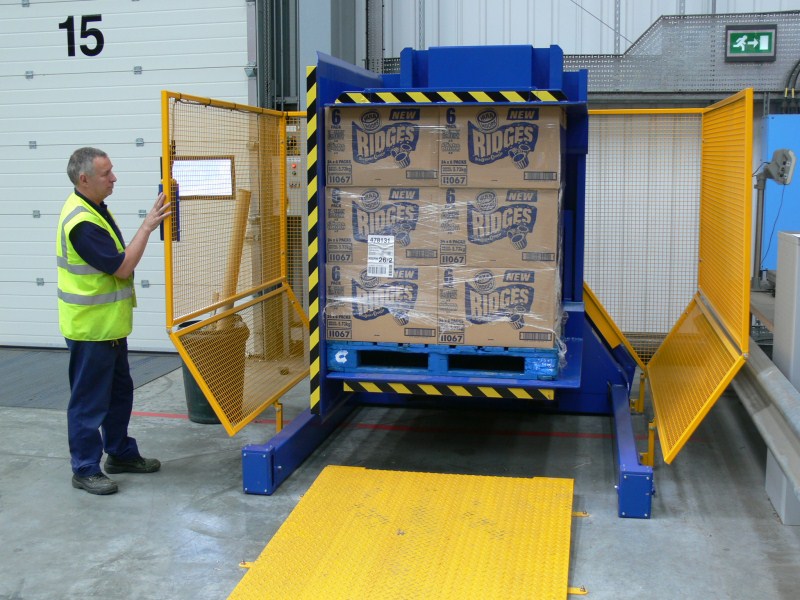
I know that simply saying "buy a machine" isn't enough. As an engineer and factory owner myself, I understand that every piece of equipment is a significant investment. For a leader like Javier Morales, who scrutinizes every capital expense for its ROI and long-term stability, a deeper understanding is crucial. You need to know why automation is necessary, what your options are, and how to choose the perfect solution for your specific needs. Let's break down this process, step-by-step, just as I would with my own team.
Why Should You Automate Pallet Swapping for Chemicals?
Are you still relying on your team to manually lift and restack heavy chemical bags or drums from one pallet to another? This common practice is often seen as "just part of the job," but it's a hidden drain on your resources. Think about the near misses, the minor spills that require cleanup, or the slow, inconsistent pace that holds up your shipping department. These small inefficiencies add up, creating a significant risk to both your people and your bottom line. Investing in automation is the only way to transform this unpredictable, high-risk task into a streamlined, safe, and highly efficient part of your operation.
You should automate chemical pallet swapping to achieve four critical goals: dramatically improve worker safety by eliminating manual lifting, increase operational throughput by creating a faster and more predictable workflow, minimize costly product damage or spills, and ensure strict compliance with both internal quality standards and external shipping regulations.
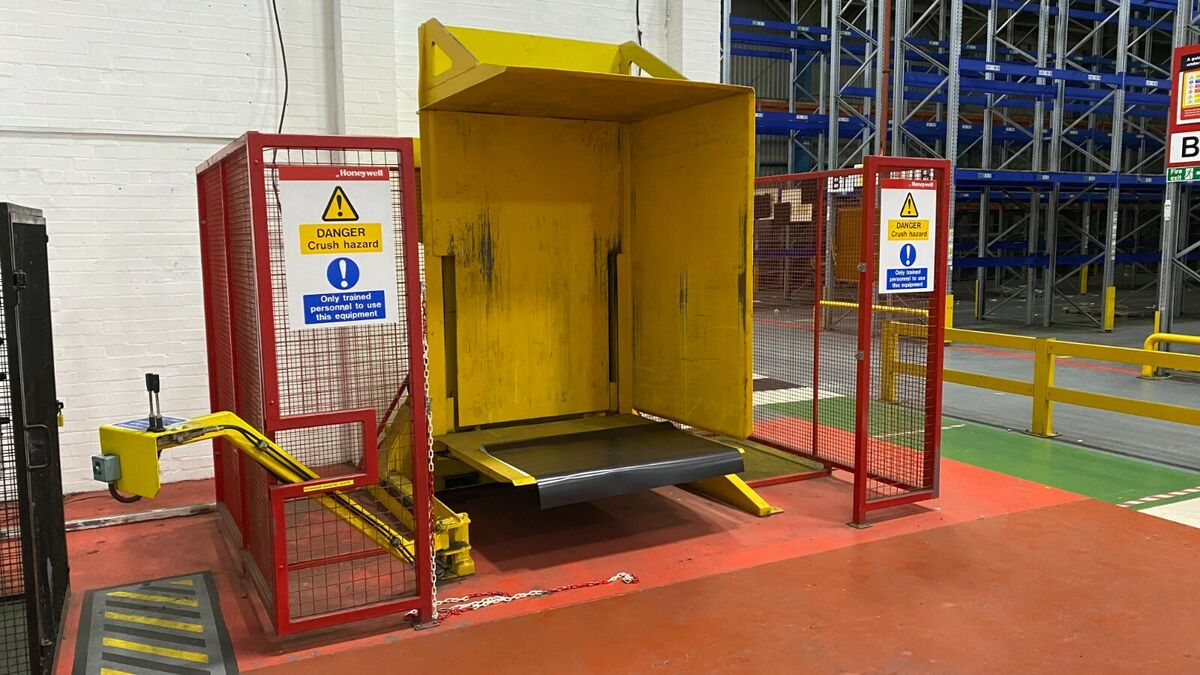
The True Cost of Manual Operations
In my years in the industry, I've seen firsthand that the "cost" of manual labor is much more than just an employee's salary. When it comes to handling pallets of chemicals, the hidden costs can be staggering. First, there is the immediate risk of worker injury. A single back injury from improper lifting can lead to lost workdays, high insurance premiums, and a negative impact on team morale. This is a liability no modern factory can afford to ignore. Second, manual swapping is inherently slow and inconsistent. A team might be fast at the start of a shift but will inevitably slow down due to fatigue. This creates a bottleneck that can starve downstream processes, like your wrapping or loading stations, directly impacting your plant's overall capacity utilization. A machine, on the other hand, performs the same cycle in the same amount of time, every single time. Third, there is the risk of product loss. A dropped bag of expensive additives or a tipped drum of processing chemicals is not just a loss of material; it's a safety hazard that requires immediate, costly cleanup and can even trigger regulatory reporting.
| Metric | Manual Pallet Swapping | Automated Pallet Changer |
|---|---|---|
| Cycle Time per Pallet | 5-15 minutes (variable) | 1-2 minutes (consistent) |
| Risk of Worker Injury | High (lifting, twisting) | Near-zero |
| Risk of Product Damage/Spill | Moderate to High | Very Low |
| Process Consistency | Low (depends on team) | High (machine-controlled) |
| Labor Requirement | 2-3 workers | 1 operator |
Ensuring Compliance and Quality
For a business owner like Javier, who operates in the global steel market, compliance is not optional. Many countries require specific types of pallets for import, most commonly heat-treated wooden pallets compliant with ISPM 15 standards, or hygienic plastic pallets for certain industries. If your product is sitting on a standard in-house pallet, it must be swapped before shipping. An automated system ensures this process is done correctly every time. It eliminates the chance of a non-compliant pallet accidentally being loaded, which could lead to a shipment being rejected, delayed at customs, or returned at your expense. Furthermore, automation supports internal quality control. Contaminated or broken pallets entering your facility can be swapped out immediately, protecting your cleanroom environments and preventing damage to your automated conveyor systems or Automated Guided Vehicles (AGVs). This level of control is fundamental to a modern, efficient manufacturing operation.
What Types of Pallet Changers Are Available for Chemical Drums and Bags?
Once you've decided to automate, you'll find the market has several types of machines. It can seem overwhelming. You see terms like "inverter," "pusher," and "squeezer." Making the wrong choice is a costly mistake. You could end up with a machine that damages your product or one that simply can't handle your required speed. Don't let the variety of options confuse you. The key is to understand that each machine type is engineered for a specific kind of load and operation. I'll help you cut through the noise and explain the core designs so you can see which one aligns with your chemical products.
The primary types of pallet changers for industrial goods like chemicals are Pallet Inverters, which are ideal for stable loads; Pallet Pushers, suited for solid, block-stacked items; and Side-Clamping Systems, designed for handling unstable, fragile, or irregularly shaped loads with maximum care. Your choice will depend entirely on the physical properties of your palletized goods.
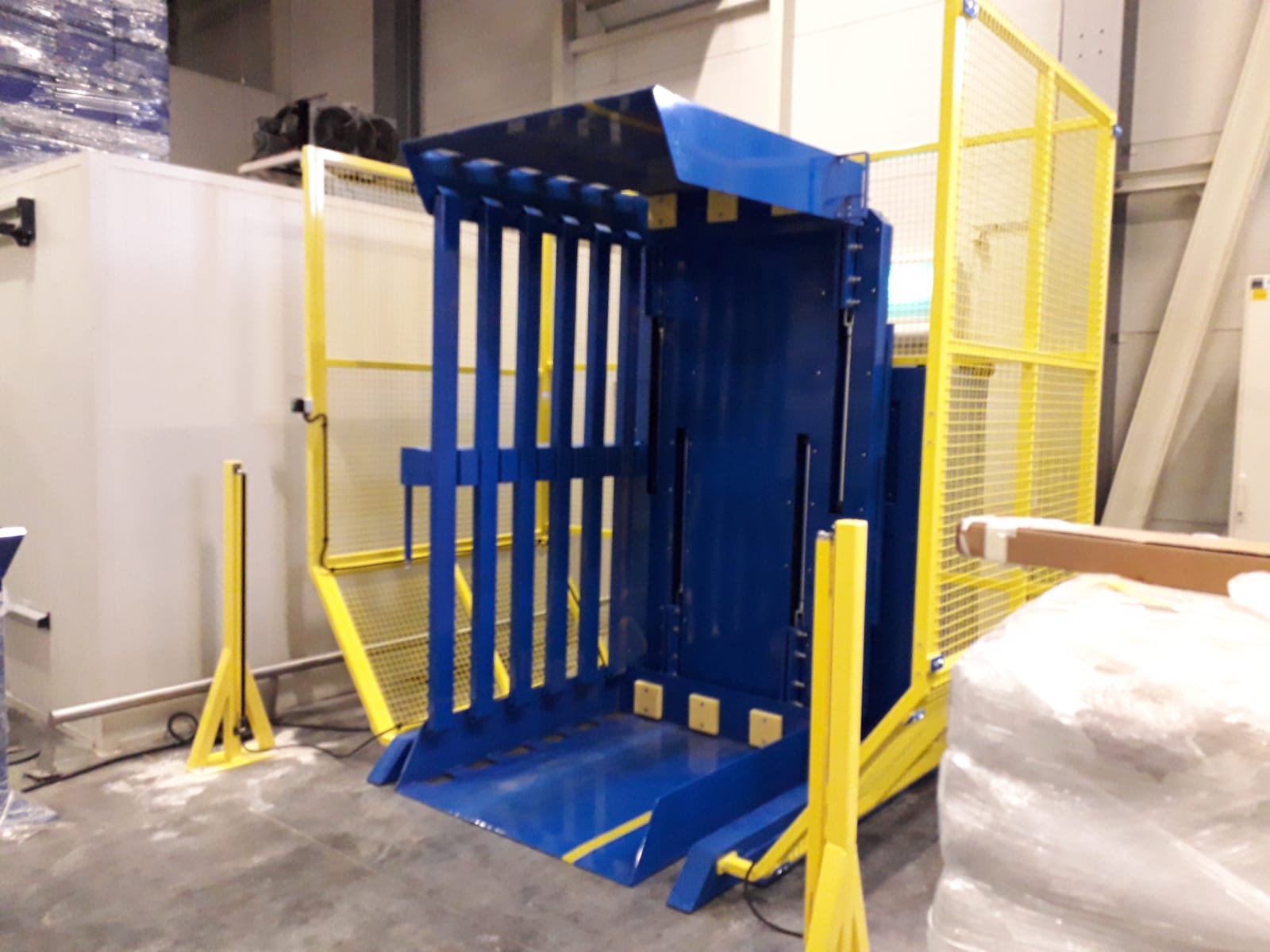
The Pallet Inverter: For Robust and Stable Loads
The pallet inverter is perhaps the most common and well-known type of pallet changer. Its operation is straightforward and effective. The machine uses powerful clamps to secure the load from the top and bottom. Then, the entire load, including the pallet, is rotated a full 180 degrees. The original pallet is now on top and can be easily removed. A new pallet is placed on the load, and the machine rotates back 180 degrees. It's a fast, secure, and efficient process.
I've seen these machines work wonders in facilities handling very stable products. They are perfect for:
- Sealed drums: The contents are secure and not affected by being turned upside down.
- Bagged goods: Well-stacked bags of powders, resins, or granules that are compact and won't shift during rotation.
- Boxed goods: Sturdy, sealed cartons that form a solid block.
The primary advantage of the inverter is its speed and simplicity. It provides complete load control during the entire transfer. However, its major limitation is the rotation itself. It is completely unsuitable for products that are orientation-sensitive, such as open-top containers, pails with loosely sealed lids, or products that can settle or separate when inverted.
The Side-Clamping System: For Unstable and Delicate Loads
For more challenging loads, the side-clamping system is the superior solution. Instead of clamping from top to bottom, this machine uses two padded side walls that gently press in on the sides of the load. It applies just enough pressure to secure the load, then lifts the entire stack just a few inches off the pallet. With the load held securely in the air, the old pallet can be pulled out, and a new one pushed in underneath. The machine then gently lowers the load onto the new pallet.
This method is incredibly versatile and is the go-to solution when inversion is not an option. It excels with:
- Unstable stacks: Tall or irregularly stacked items that might shift during rotation.
- Fragile containers: Glass bottles, vials, or thin plastic containers that could be damaged by top-clamping pressure.
- Open-top containers: Pails or drums where the contents could spill if tilted.
The clear advantage is its gentle handling and ability to manage loads that other systems cannot. It offers precision and safety for your most valuable or sensitive products. The trade-off is that it can sometimes have a slightly longer cycle time compared to an inverter and requires the load to be able to withstand light side-clamping pressure.
| Machine Type | Primary Mechanism | Best For... | Key Consideration |
|---|---|---|---|
| Pallet Inverter | Clamps top & bottom, rotates 180° | Stable, robust loads (sealed drums, compact bags) | Load must be able to be fully inverted without damage or shifting. |
| Side-Clamping System | Clamps sides, lifts vertically | Unstable, fragile, or open-top loads | Load must withstand gentle side pressure. |
| Pallet Pusher | Pushes load horizontally | Solid, block-shaped loads (cartons, cases) | Load must be stable enough to slide without collapsing. |
How Do You Select the Right Pallet Changer for Your Plant's Needs?
You now understand the importance of automation and the different machine types available. But the most critical phase is translating this knowledge into a concrete decision for your factory. How do you choose the one machine that will integrate seamlessly into your workflow and deliver the ROI you expect? Buying a pallet changer based on a catalog photo or a single feature is a recipe for failure. You might buy a machine that is too slow for your peak demand or one that can't handle the weight of your heaviest loads. I've always told my clients that a successful investment starts with a thorough analysis of your own operation. I'll walk you through the essential checklist I use to guarantee we find the perfect machine for the job.
To select the right pallet changer, you must perform a detailed analysis of four core areas: your specific Load Characteristics (weight, dimensions, stability), your Throughput Requirements (pallets per hour, now and in the future), your Physical Environment (space, floor loading, cleanliness), and your Integration Needs (connections to conveyors, AGVs, and data systems).
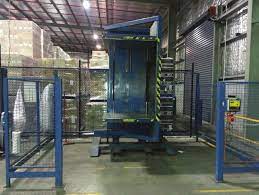
Step 1: Analyze Your Load in Detail
This is the most fundamental step. You must go beyond just knowing you handle "bags" or "drums." You need precise data. Get your team to measure and weigh everything.
- Dimensions & Weight: What are the minimum and maximum Length x Width x Height of your pallet loads? What is the minimum and maximum weight? A machine must be specified to handle your absolute heaviest and largest load, not just the average. Under-specifying is a common and dangerous mistake.
- Load Stability: Is the load a perfect, solid cube, or is it an unstable stack? Do the items interlock? Are they shrink-wrapped? This will be the primary factor in deciding between an inverter and a side-clamping system. A load that looks stable when stationary might not be stable during movement.
- Product and Container Type: Are you handling powders that can fluidize, or liquids that can slosh? Are the containers rigid steel drums or flexible plastic bags? The surface of the container and its fragility will determine the type of clamping surface needed (e.g., rubber-faced pads) and the amount of pressure that can be safely applied.
Step 2: Calculate Your Real Throughput Needs
Many people make the mistake of only considering their average hourly need. A successful operation must be designed for peak demand.
- Pallets Per Hour: What is the maximum number of pallets you need to process in your busiest hour? This number dictates the required cycle time of the machine. A standalone, manually-loaded machine might handle 15-20 pallets per hour, while a fully automated, inline system can handle 50 or more.
- Future Growth: Consider Javier's goal to increase产能利用率 (capacity utilization). Your business is growing, and your throughput needs will likely increase. It is often wise to invest in a machine with 15-20% more capacity than you currently need. This avoids creating a new bottleneck in two years.
- Workflow: Will the machine be a standalone station where a forklift brings and takes pallets? Or does it need to be part of a continuous, automated line, receiving pallets from a conveyor and feeding them to a wrapper or AGV? This determines the level of automation and control integration required. This thinking is key to achieving a goal like 95% equipment uptime.
Step 3: Assess Your Facility and Integration
A machine doesn't exist in a vacuum. It has to fit into your existing plant.
- Footprint and Height: Do you have the physical floor space for the machine? For a pallet inverter, do you have enough vertical ceiling clearance for it to rotate fully?
- Power and Utilities: What are the power requirements (e.g., 480V/3-phase)? Does it require compressed air? These utilities must be available at the installation site.
- Digital Integration: This is critical for any forward-thinking leader. Does the machine need to communicate with your MES (Manufacturing Execution System) or WMS (Warehouse Management System)? Do you want IoT sensors on the machine to gather data for predictive maintenance, a key strategy for reducing downtime and lowering operating costs? These capabilities must be discussed with the supplier from the very beginning.
My Insight: Beyond the Machine - Finding a True Partner
Over my career, from working on the factory floor to building my own company, I've bought, installed, and operated a lot of machinery. And I've learned a lesson that is more valuable than any technical specification sheet: the company you buy from is just as important as the machine you buy. For a leader like Javier, who thinks in terms of long-term strategy and partnerships, this is especially true. You are not just buying a piece of steel; you are entering a long-term relationship.
Many suppliers will sell you a standard machine from their catalog. A true partner does not. A true partner starts by asking questions. They want to understand your entire process, not just the single task of changing a pallet. They'll ask about the process before the pallet changer and the process after it. They will work with you to find the root cause of your problems and design a solution that truly fits. This might mean customizing a machine with specific clamping pads for your unique bags or integrating sensors that feed data directly into your smart factory platform.
When I started SHJLPACK, my goal was not just to sell equipment. It was to share the knowledge I had gained over the decades. I wanted to help my clients avoid the mistakes I made and achieve success faster. A true partner provides comprehensive support through installation, training your operators, and creating a preventative maintenance plan to ensure the machine runs reliably for years to come. They help you look to the future, advising on how the equipment can adapt to your digital transformation goals. They aren't just a vendor; they become an extension of your own engineering team. When you evaluate suppliers, don't just look at the price tag. Look for that spirit of partnership. It is the best way to ensure your investment pays dividends for a decade or more.
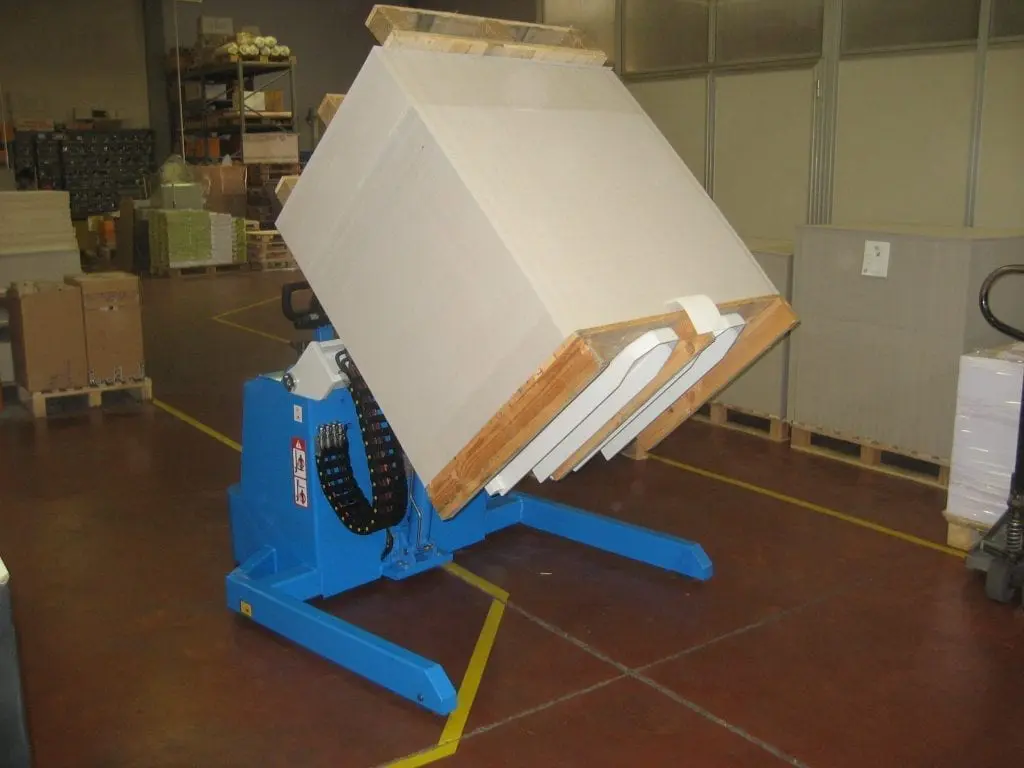
Conclusion
Choosing the right pallet changer by analyzing your load, throughput, and facility is critical. A strong partnership with your supplier ensures your investment boosts safety, efficiency, and long-term profitability.


